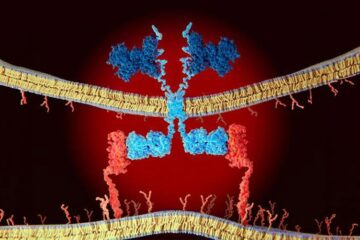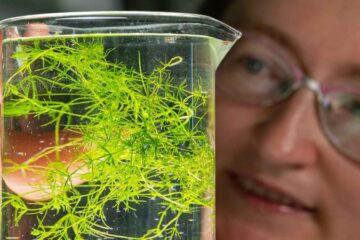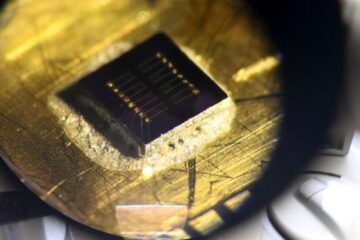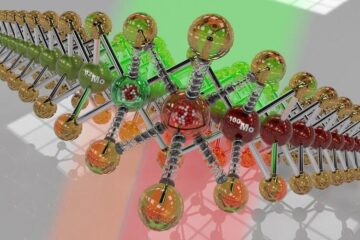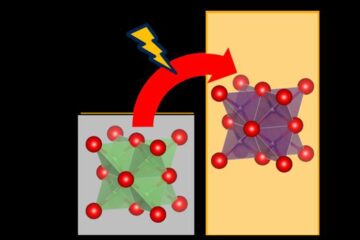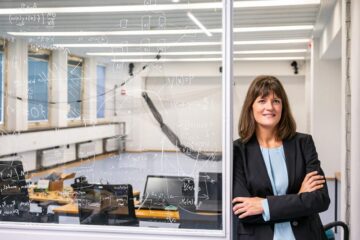Latest News

New imagining technique could lead to better antibiotics and cancer drugs
A recently devised method of imaging the chemical communication and warfare between microorganisms could lead to new antibiotics, antifungal, antiviral and…

Ice cream researchers making sweet strides with 'functional foods'
A comfort food, a tasty treat, an indulgence – ice cream conjures feelings of happiness and satisfaction for millions. Ice cream researchers at the University…

Amyloid beta protein gets bum rap
While too much amyloid beta protein in the brain is linked to the development of Alzheimer's disease, not enough of the protein in healthy brains can cause…
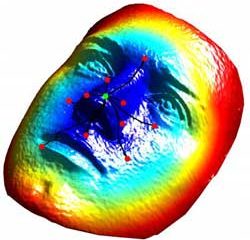
Improving security with face recognition technology
A number of U.S. states now use facial recognition technology when issuing drivers licenses. Similar methods are also used to grant access to buildings and to…

Drug shrinks lung cancer tumors in mice
The authors of the research, from Imperial College London, are now planning to take the drug into clinical trials, to establish whether it could offer hope to…

Drugs to treat anemia in cancer patients linked to thromboembolism
Medications frequently given to cancer patients to reduce their risk of anemia are associated with an increased risk of deep vein thrombosis or pulmonary…



